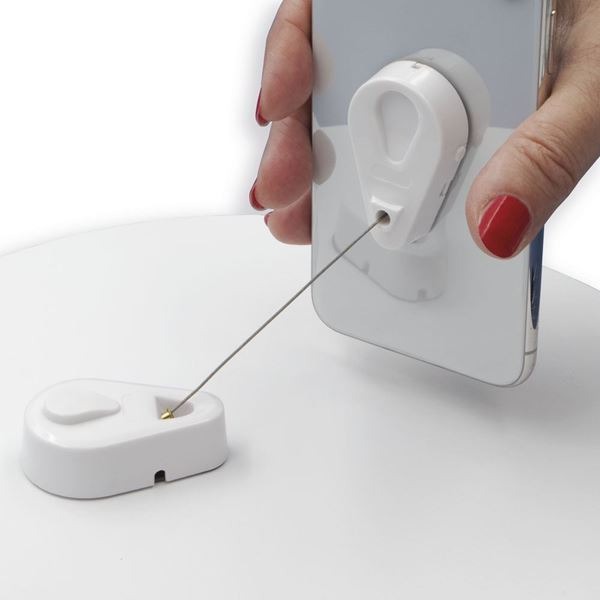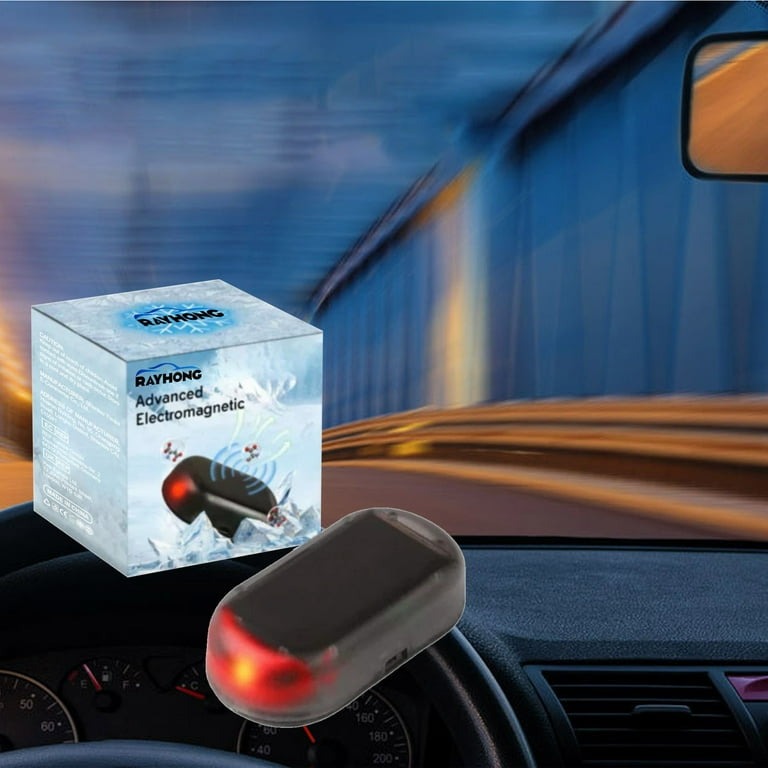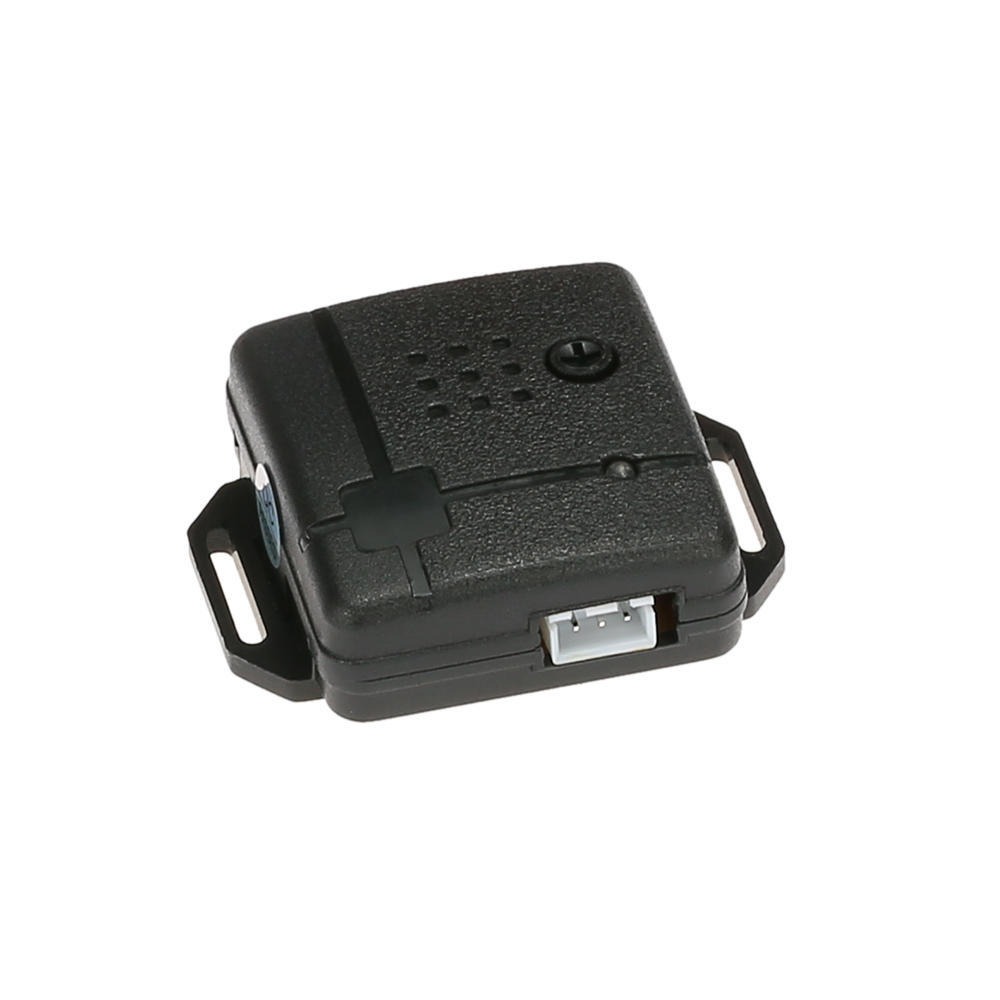The Evolution of Anti-Theft Technology
The journey of anti-theft technology is remarkable. Its evolution mirrors our growing security demands. In the past, simple locks and keys were the main defence against theft. Now, technology has transformed our approach to safeguarding assets.
In the earlier days, security meant physical barriers. Sturdy locks and watchful eyes were the norm. As thieves became more cunning, so did the solutions to deter them. The advent of the electronic era brought a new wave of anti-theft devices.
Alarms were among the first electronic protectors. They blend into our daily lives now. Early alarm systems were hardwired and bulky. Today, they are sleek and wireless. The rise of digital technology and the internet has also led to smarter systems. These systems connect to our phones and alert us to any suspicious activity in real time.
GPS technology has also revolutionized anti-theft efforts. It allows us to track stolen items from anywhere. This feature is now common in anti-theft devices for cars and even personal gadgets.
Anti-theft technology continues to evolve with the times. There is a constant strive for more effective and user-friendly products. As we move forward, these devices become more integrated into our lives. This progression shows no signs of slowing down.
Biometrics is another leap forward. Fingerprint and facial recognition provide personalized security. Only authorized users can access locked items or properties. This technology was once rare and expensive. Now, it’s becoming more accessible and is seen in many modern anti-theft devices.
In sum, anti-theft technology has come a long way from mechanical locks. It is now an intricate web of electronic and digital systems. They provide us with comprehensive protection and peace of mind.
Types of Anti-Theft Devices for Home Security

Home security is a top priority for many families. The market offers a variety of anti-theft devices to keep your home safe. Here are some key types.
Traditional Locks and Deadbolts
Simple and time-tested, traditional locks and deadbolts are the first line of defense. They are affordable and easy to install. Modern versions offer improved designs for higher security.
Smart Locks and Home Security Systems
Smart home technology brings digital locks. You can control these locks from your phone or tablet. They allow remote access and can send alerts if someone tries to break in.
Surveillance Cameras
These cameras act as digital eyes for your home. They can record footage and stream live video. Some connect to the internet for remote viewing or storage.
Motion Sensors and Detectors
Motion sensors detect any movement in and around your home. When activity is spotted, they trigger alarms or alert homeowners. This keeps intruders at bay and can notify authorities when needed.
Window and Door Sensors
These sensors alert you when a door or window opens. This is useful for detecting unauthorized entry. They are often part of a larger home security system.
Glass Break Detectors
These devices detect the sound or vibration of breaking glass. They add an extra layer of security by triggering an alarm upon detection. This can deter thieves and alert homeowners immediately.
Choosing the right anti-theft device for your home depends on your specific needs. Consider factors like the size of your home, your daily routine, and local crime rates. With the right anti-theft device in place, you can enjoy greater peace of mind.
Car Security: Advanced Anti-Theft Devices to Protect Your Vehicle
When it comes to vehicle protection, advanced anti-theft devices are essential. Car theft rates continue to be a concern for vehicle owners. Hence, integrating robust anti-theft devices into your car’s security system is crucial for deterrence and peace of mind. Let’s explore the latest in car security technology.
GPS Trackers
A GPS tracker is a valuable tool for locating a stolen vehicle. It lets owners track their car’s position in real-time. You can discreetly install it in your car and monitor its whereabouts via a smartphone app.
Steering Wheel Locks
Steering wheel locks are simple yet effective. They lock the steering wheel in place, preventing thieves from driving away. Modern locks are made of tough materials that are difficult to cut or break.
Immobilizers
An immobilizer is an electronic security device. It prevents the engine from starting without the correct key or fob. Many new cars come with immobilizers as standard equipment.
Car Alarms
Sophisticated car alarms go beyond loud noises. They can send push notifications to your phone if someone tampers with your vehicle. Some even alert local authorities automatically.
Smart Keys
Smart keys offer enhanced security with encrypted codes that are hard to clone. If the key is not detected, the car won’t start. This technology is becoming more common in newer model cars.
By investing in these advanced anti-theft devices, you can significantly lower the risk of car theft. Each device serves a unique purpose, from real-time tracking to preventing the car from being started by unauthorized individuals. Vehicle security is an evolving field, and staying updated with these technologies can give you an upper hand against car thieves.
Personal Anti-Theft Gadgets for On-the-Go Security

Ensuring security while on the move is vital. Personal anti-theft gadgets offer protection and peace of mind. Here we discuss some key devices that safeguard your belongings when out and about.
Portable Locks
Portable locks secure bags to fixed objects. They are lightweight and easy to use. These locks are perfect for travelers who need to safeguard their luggage.
Travel Safes
Compact and sturdy, travel safes protect valuables. You can store passports, cash, and jewelry. They are ideal for hotel rooms or rental accommodations.
RFID-Blocking Wallets
RFID-blocking wallets shield credit cards from electronic theft. These wallets block signals from skimmers attempting to steal data. They are essential for crowded places, like public transport or shopping areas.
Personal Alarms
Personal alarms emit a loud sound to deter attackers. They draw attention and can scare off a potential thief. Easy to carry, they fit on keychains or in pockets.
Anti-Theft Bags and Backpacks
These bags have built-in safety features. Slash-proof materials and hidden compartments protect belongings. They are a smart choice for commuters and tourists alike.
Wearable Tech
Some wearable tech comes with anti-theft features. Smart watches may have alert systems or tracking capabilities. They add an extra layer of security while blending in with daily attire.
By using these personal anti-theft gadgets, individuals can increase security. They allow you to relax and enjoy your time away from home. Choose gadgets that suit your lifestyle and include them in your routine for enhanced protection.
Industrial and Commercial Anti-Theft Solutions
Theft in industrial and commercial environments can have significant financial impacts. To combat this, a range of anti-theft devices and systems are employed. These tailored solutions are designed to protect assets, equipment, and sensitive data at scale.
Advanced Surveillance Systems
High-resolution cameras and 24/7 monitoring deter and document theft. These systems often include motion detection and night vision capabilities.
Access Control Systems
Electronic key cards or biometric scanners limit entry to authorized personnel. They track who enters and leaves, ensuring tight security.
Asset Tagging and Tracking
RFID or barcode tags help to keep tabs on inventory. Tracking systems swiftly identify any unauthorized movement of goods.
Security Guards and Patrols
Physical presence of security personnel acts as a strong deterrent to thieves. Guards and patrols provide an immediate response to security breaches.
Cybersecurity Measures
For protection against data theft, robust firewalls and encryption are essential. Regular security audits and employee training bolster cyber defenses.
Alarm Systems
Loud alarms or silent alerts notify managers of break-ins or unauthorized access attempts. Integrated alarm systems enhance overall security protocols.
By implementing these advanced solutions, industries and commercial entities can mitigate the risk of theft. It’s crucial to assess individual needs and choose anti-theft devices that fit the company’s size and nature of business.
The Role of Smart Technology in Anti-Theft Devices

Smart technology plays a pivotal role in modern anti-theft devices. It brings convenience and enhanced protection. Here’s how this technology shapes our security devices:
Convenience at Your Fingertips
Smart tech allows us to control security systems remotely. With a simple app, we can lock doors, activate alarms, and monitor cameras. This happens from anywhere, using our smartphones or tablets.
Real-Time Alerts
We receive instant notifications about suspicious activities. If a door opens or a sensor triggers, our phones alert us. This lets us act quickly to prevent theft.
Customization and Control
Users tailor settings to fit their lifestyle. You can set alarm schedules or grant access to guests. This makes security adaptable for various needs.
Integration with Other Devices
Smart anti-theft devices often work with home assistants. This means you can voice-control your home’s security. Everything from lights to locks can act in sync.
Learning and Adaptation
Some smart devices learn from our habits. They adjust security measures accordingly. Over time, this reduces false alarms and strengthens security.
Smart technology not only fortifies anti-theft devices but also simplifies their use. It empowers us to create safer living and working environments with ease.
How to Choose the Right Anti-Theft Device for Your Needs
Selecting the appropriate anti-theft device requires careful thought. Different factors play into this decision. Let’s break down how to choose the right one for you. Here are some considerations to keep in mind.
Assess Your Risk Level
Think about the theft risk for your property. Is your area known for high crime rates? Do you own valuable items? Higher risks may need stronger anti-theft devices.
Consider the Asset You’re Protecting
Different assets need different protection. A car needs an immobilizer, while a home might need smart locks. Choose a device that fits the item you want to secure.
Evaluate Features and Technology
Look at device features. Do they match your daily routine? Can they integrate with your smartphone? Pick a device with features that meet your specific needs.
Determine Your Budget
Cost is a key factor. Don’t overshoot your budget. Quality devices come in various price ranges. Find a balance between cost and the protection level you need.
Check for Ease of Use
Ease of use matters. If a device is too complex, it might not get used properly. Go for a user-friendly option that you can operate without hassle.
Read Reviews and Get Recommendations
Feedback from others can be valuable. Read reviews and ask friends about their anti-theft devices. Positive experiences can guide you to reliable choices.
Understand the Installation Process
How hard is it to install the device? Do you need professional help? Keep in mind the installation process when you select your anti-theft device.
By considering these factors, you can narrow down the options. The right anti-theft device can offer you peace of mind. It protects your assets from theft effectively and fits into your life seamlessly.
Future Trends in Anti-Theft Device Development
With an eye on the future, anti-theft device development is steering towards even smarter, more integrated systems. Innovations aim to provide higher levels of protection while offering convenience to users. Let’s take a look at some of the anticipated trends in this field.
Integration with IoT and Home Automation
Internet of Things (IoT) technology will play a major role. Anti-theft devices will connect with other smart home devices, creating a seamless security network. For example, your fridge could alert you if someone enters your home while you’re out.
Use of AI and Machine Learning
AI and machine learning will refine security systems. They’ll predict and identify potential threats by learning from past incidents. Expect smarter alarms that distinguish between routine activity and genuine breaches.
Biometric Advancements
Fingerprint and facial recognition are evolving. Future gadgets may use heart rate or gait patterns to identify authorized users. Biometrics will offer even more personalized security soon.
Enhanced Cybersecurity Features
As we rely on digital control, cybersecurity will be vital. Future devices will have stronger encryption and anti-hacking protocols. These features will protect against digital theft attempts.
More Eco-Friendly Options
A push towards sustainability is expected. Manufacturers will aim to create eco-friendly anti-theft devices. Solar-powered or energy-efficient models are likely to become more prevalent.
Development of Smart Locking Mechanisms
Locks will get smarter, with capabilities to set temporary access or track who comes and goes. Bluetooth, NFC, and Wi-Fi technologies will make locks more versatile and secure.
By staying ahead of these trends, individuals and businesses will continue to enhance their security measures. With rapid technological advancement, the future of anti-theft devices promises even greater protection and convenience.

